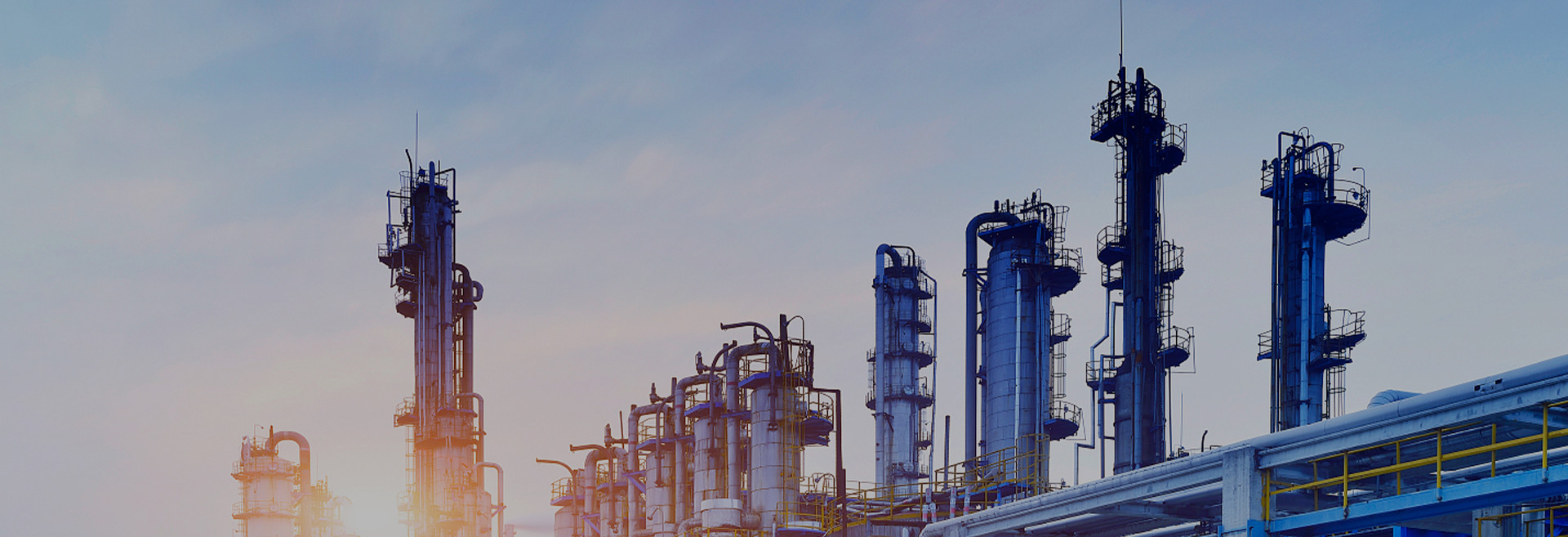Silane reacts with air. It is prone to combustion when in contact with air and releases thick amorphous silica fumes. The main threat to health lies in the fact that the self-igniting flame can cause severe thermal burns and may even be fatal. If a flame or high temperature acts on a certain part of the silane cylinder, it may cause the cylinder to explode before the safety valve is activated. When silane is released, if the pressure is too high or the release speed is too fast, it may cause a delayed explosion. Leaked silane is also quite dangerous if it does not catch fire spontaneously. Do not approach it. Emergency response personnel must be equipped with personal protective equipment and take corresponding fire protection measures as the actual situation requires. Do not attempt to extinguish the flame before cutting off the gas supply.
In the reaction flask and the feeding funnel, add 1.14 grams of LiAlH4 dissolved in 70 milliliters of ether and 2.30 milliliters of SiCl4 dissolved in 50 milliliters of ether respectively to the silane preparation apparatus. At 15℃-20℃-78.5℃, when the instrument is evacuated, ether begins to reflux. Special attention should be paid to prevent excessive and vigorous boiling. Next, cool the U-tube receiver close to the reaction apparatus to -95℃(toluene jelly can be used), and cool the remaining four receivers to -196℃(liquid nitrogen can be used). Under stirring, slowly add the solution of SiCl4 and ether to the suspension of LiAlH4 for 15 minutes. To prevent the violent reflux of ether, it is necessary to continuously separate the silane at a moderate speed. The reaction rate can be easily controlled by adjusting the glass piston between the reactor and the vacuum pipeline. During this period, the connection between the reactor and the vacuum system should be cut off to prevent excessive escape of ether. When the silane in the vacuum system is completely discharged, air is introduced into the reactor and the vacuum system is removed.
Silane gas is an indispensable material in the production of solar cells. It is the best way to efficiently attach silicon molecules to the surface of the cells. At temperatures above 400℃, silane gas decomposes into gaseous silicon and hydrogen, and the hydrogen left after combustion is pure silicon. In addition, silane gas has a wide range of applications. In addition to the photovoltaic industry, many manufacturing enterprises also require silane gas, such as the production of flat panel displays, semiconductors, and coated glass.
Post time: Jul-07-2025

